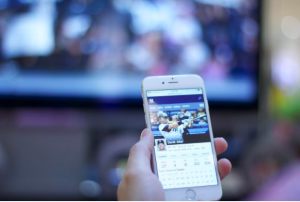Everyone is addicted to their favorite mobile apps. It’s one of the main reasons that we’re always on our smart phones. From Google Maps to Uber to FlightView, among many others, the most engaged and compelling mobile apps are often the ones that convey our position while we’re on the move.
These are the mobile apps of the future, and they empower us through tracking our progress. Forget where you parked? Google doesn’t. How long till you get to your destination? Well, it’s always good to have a navigation mobile apps in use on your phone at the same time your car’s GPS is hard at work.
It’s always good to have a back-up plan, just to be sure. Radar focuses on how location services can enable future mobile apps. Radar adds tracking to the apps on your phone by adding just a few lines of source code (or what some call programming).
It’s a lot easier than it sounds. If you know to add a few lines of HTML, then you can implement the services that Radar utilizes pretty easily. You can access all that Radar is capable of including geofences via the API. In addition to API, you can integrate SDK into your iOS and Android apps, in order to start tracking users and generating events. So whether you have droid or iPhone, Radar’s SDK has cross-platform capabilities. Whether you have iOS and Android, Radar allows you to add location context and tracking on your mobile apps.
You don’t need to be an advanced programmer either. All you have to do is copy and paste a few lines of code, and you’ll be off and running in no time.
Paul M. Banks runs The Sports Bank.net and TheBank.News, which is partnered with News Now. Banks, a former writer for the Washington Times, NBC Chicago.com and Chicago Tribune.com, currently contributes regularly to WGN CLTV and the Tribune company’s blogging community Chicago Now.
Follow him on Twitter, Instagram, Sound Cloud, LinkedIn and YouTube.

